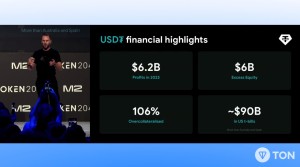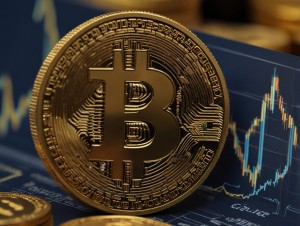The US economy demonstrated robust performance in the second quarter of 2023, surpassing expectations despite the Federal Reserve’s aggressive interest rate hikes. According to preliminary figures released by the Department of Commerce, the world’s largest economy grew at an annualized rate of 2.4% between April and June. This marked an acceleration from the first quarter’s 2% growth rate and exceeded economists’ predictions of 1.8% growth.
The growth was primarily fueled by strong business investment in inventories and fixed assets, which more than offset the slowdown in consumer spending growth after a strong start to the year. Notably, private sector demand, both from consumers and businesses, exhibited resilience, demonstrating a desire to drive growth and spendiing, albeit with a touch more caution than in the past.
Companies and consumers display resilience, fueling optimism for a “soft landing”
This economic performance comes after the Federal Reserve’s recent benchmark interest rate increase to the highest level in 22 years, aimed at taming inflation. The consumer price index in the US has already fallen from a peak of over 9% in June 2022 to 3% last month, while the unemployment rate remains close to record lows and consumer confidence has improved. This combination of data has instilled hope among economists and investors that the central bank might achieve a “soft landing,” curbing inflation without inflicting significant economic damage.
Federal Reserve Chair Jay Powell expressed optimism about achieving inflation moving back down to the target of 2% without causing substantial job losses. However, he also acknowledged the potential risks of stronger growth leading to higher inflation, necessitating an appropriate response in monetary policy.
Upbeat commentary from several US companies also reflects a resilient domestic consumer. Companies such as McDonald’s and Royal Caribbean reported positive outlooks, with McDonald’s observing an improving sentiment among US consumers, albeit not yet returning to pre-pandemic levels. Similarly, Royal Caribbean raised its guidance for adjusted earnings this year by 33%, indicating strong demand for its cruises and onboard spending in the second financial quarter.
Government spending played a significant role in fostering growth, particularly with an uptick in spending by state and local governments, likely reflecting the initial stimulus from various programs. This combination of factors has contributed to the buoyant economic performance, generating hope for a balanced outlook between recession risks and sustained growth.
While the economy’s resilience is encouraging, some analysts warn of potential challenges ahead. Consumers’ spending patterns, particularly on big-ticket items and experiences like travel, might face a slowdown due to persistently high-interest rates. Additionally, concerns arise regarding the depletion of savings accumulated during the pandemic and the resumption of student-loan repayments later this year.
Business investment trends remain sensitive to interest rates, with companies easing their equipment purchases earlier in the year. However, federal spending on chip-manufacturing plants and electric-vehicle factories is offsetting some of these cutbacks. Additionally, the ongoing shortage of previously owned homes is supporting new construction, potentially driving growth in residential investment.
Despite uncertainties, the US economy’s overall positive outlook has boosted consumer confidence, with many expressing optimism about the future. As inflation eases from historic highs, and the labor market stays strong, the possibility of a soft landing, where inflation returns to the Fed’s 2% target without a recession, gains traction among economists. The International Monetary Fund also revised its growth projections, indicating stronger economic performance for the US and the global economy, reflecting labor-market strength, robust spending on services like tourism, and reduced financial stability risks.




